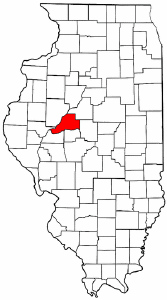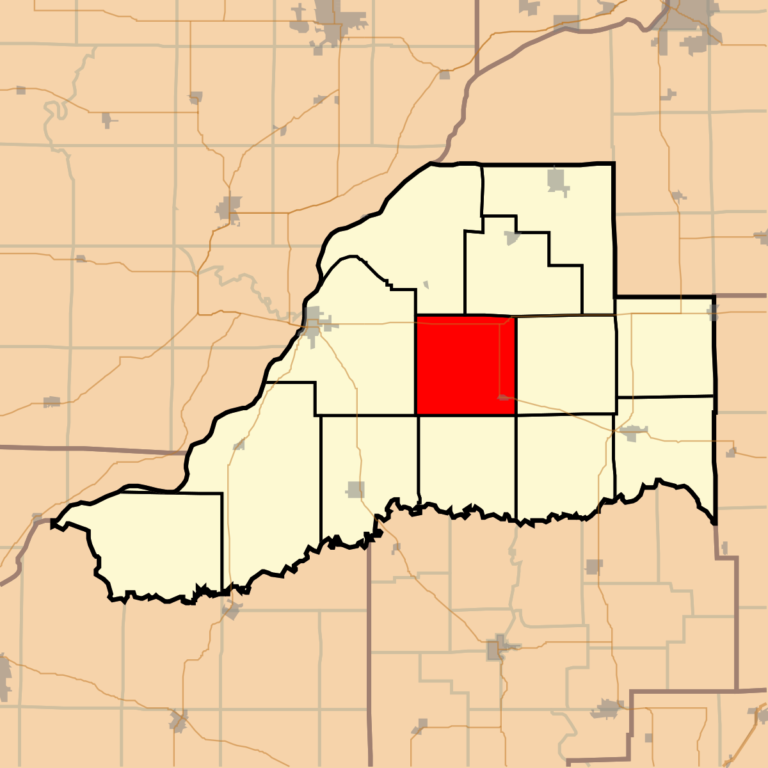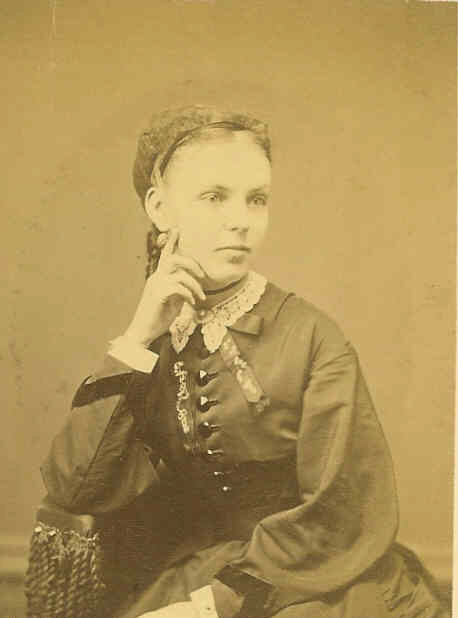Early Mason County History- Pennsylvania Township
Two townships have been complete and this week (Monday through Thursday) I will feature the history of Pennsylvania Township. Enjoy! Pennsylvania Township On the 27th of October, 1682, there arrived upon the coast of Delaware Bay, a man whose life and character have been handed down from generation to generation as worthy of emulation…




